America’s killer obsession comes at a cost
November 8, 2018
Everyone is flocking to the newest installment of “Halloween” to see America’s favorite killer, Michael Myers.
Unknown to many Americans, there are teenagers across social media romanticizing the real Michaels.
They’re the True Crime Community.
Many in this community, excluding bloggers who post solely for educational purposes, romanticize murderers like Jeffrey Dahmer and school shootings like Columbine.
When searching the True Crime tags on Tumblr, blogs joke about the Columbine killer’s fetishes and create fanart and fanfictions of them as friends or lovers.
It’s fascinating until we realize that there have been 297 shootings in 2018 in America, reported by an Oct. 29 Sun article.
This romanticization of serial killers isn’t a new phenomenon.
People fell for murderer Richard Ramirez in the ’80s.
Meeting after his arrest, Ramirez got married to journalist Doreen Lioy while imprisoned, according to a November 2014 Rolling Stone article.
David Smidt, an English professor at the University at Buffalo and author of “Natural Born Celebrities: Serial Killers in American Culture,” said that women like Lioy believe that they can save these killers, according to a October 2017 article on Bitch Media, an online feminist news source.
Many on Tumblr identify as hybristophiliacs, defined by the 2012 Medical Dictionary as “a paraphilia in which a person is sexuoerotically attracted to a person who has committed a … gruesome crime.”
Society is quick to write off these teenagers as creepy.
However, America needs to consider its history of glamorizing murder.
We televise murder cases and have shows like “Making a Murderer” and other dramatizations that become hits because of our love for the thrill.
America immortalizes killers, leading teenagers to develop obsessions with them.
This means admiring them or becoming like them.
“Serial killers are for adults what monster films are for children,” criminologist Elizabeth Yardley said in a November 2017 ShortList article.
Through coverage, we get to know the murderers instead of the victims. The killers are the ones who get the majority of the press.
We need to stop releasing murderers’ names if we want violence to stop, since giving them a platform influences many to continue brutality, according to a November 2017 WBUR article.
Blogs try humanizing mass shooters, causing people to joke about murder instead of understanding it.
We will never grasp the reality of the actions we’re glorifying until we or our loved ones are a part of this body count.


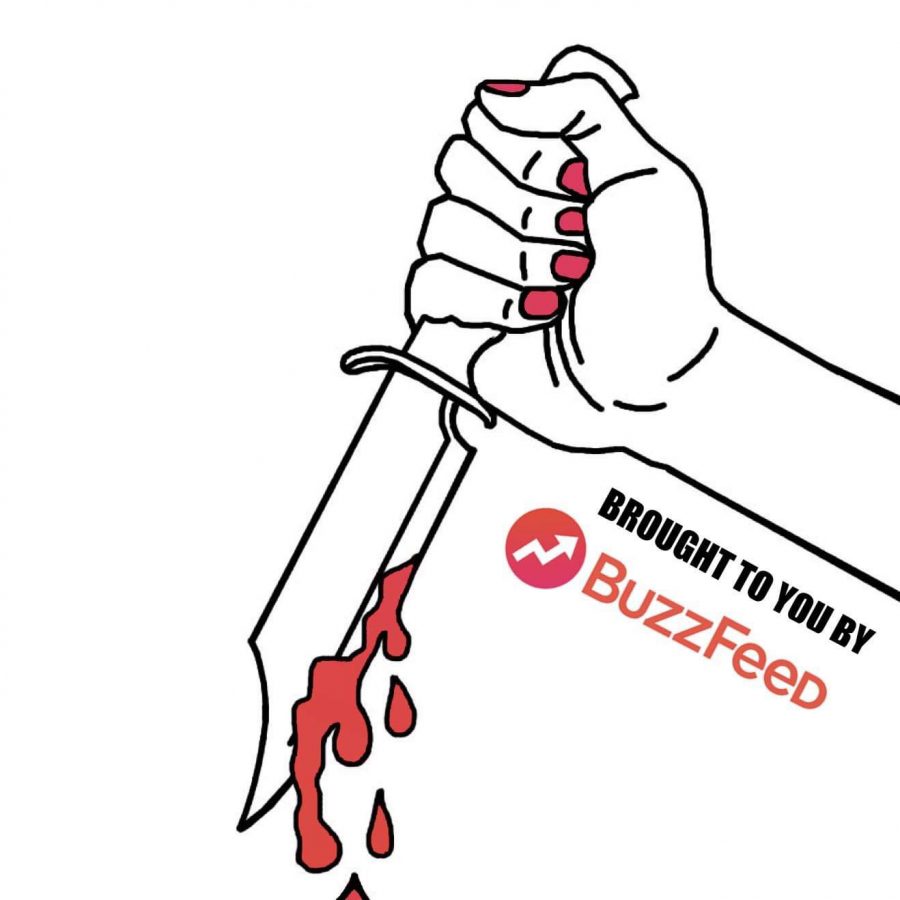







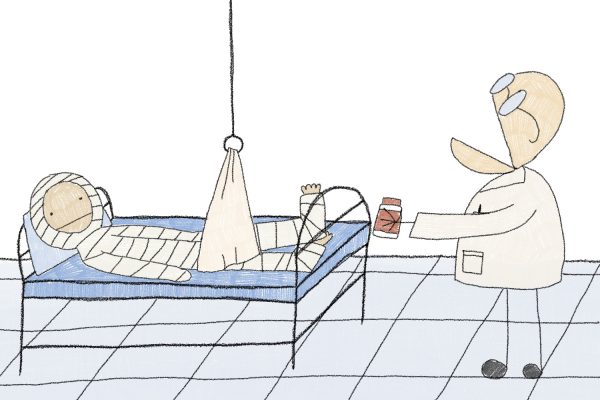
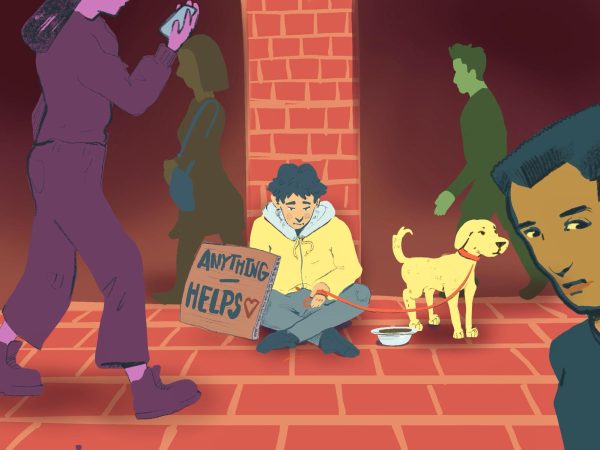

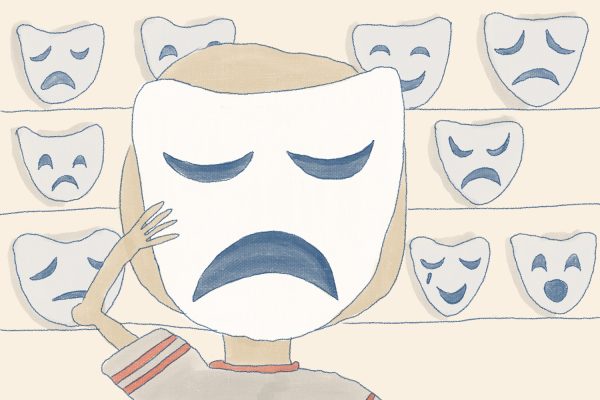

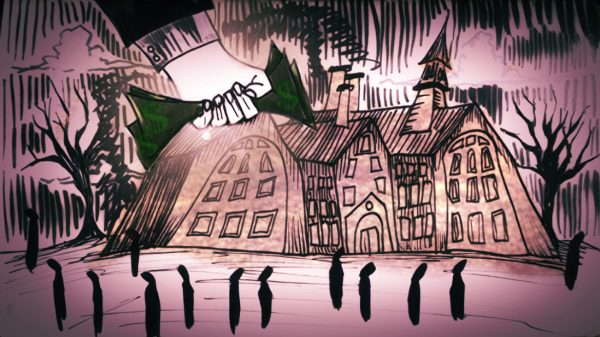
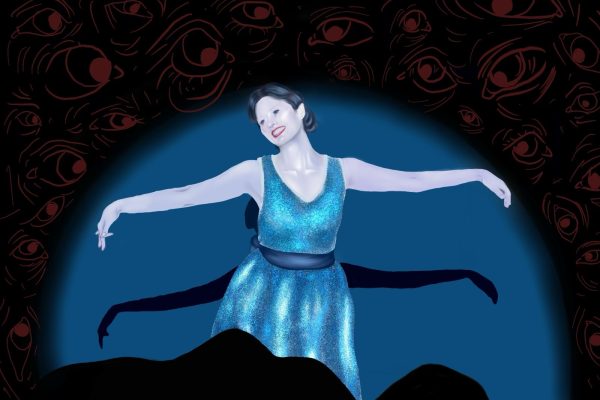
![Can’t buy me [self] love](https://vtcynic.com/wp-content/uploads/2024/04/self-care-FINAL-600x398.jpg)
